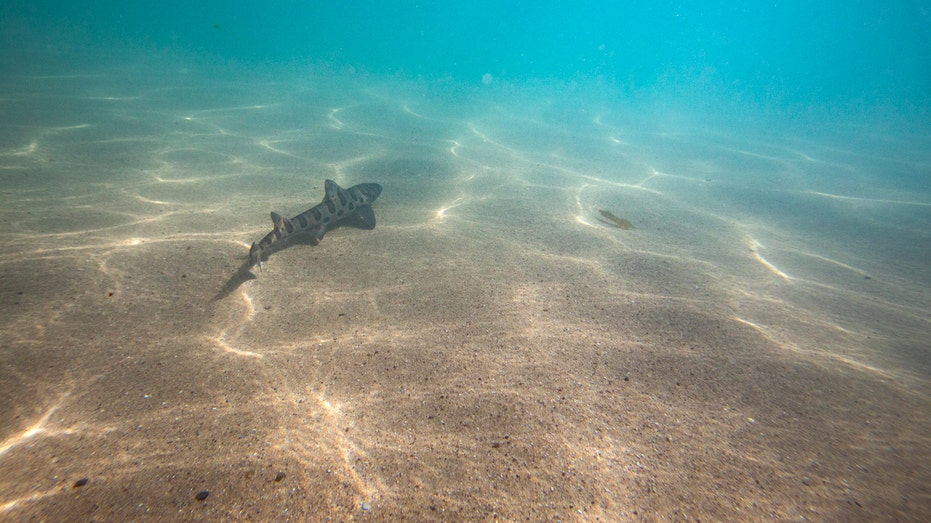Oceans Darkening Worldwide Poses Threats to Marine Ecosystems, Study Finds

Global Oceans Are Darkening Over Two Decades
Recent research reveals that the world’s oceans have become significantly darker over the past twenty years. This alarming trend raises concerns among scientists about the health and sustainability of marine life across the globe.
Key Findings from Satellite Data
Utilizing satellite observations from NASA’s Ocean Color Web data portal, researchers quantified the extent of ocean darkening. The study indicates that approximately 21% of the planet’s oceans experienced a decrease in brightness between 2003 and 2022. This decline in light penetration could have profound effects on marine ecosystems.
The Importance of the Photic Zone
The photic zone, extending up to 200 meters deep, is critical for marine life because it allows sufficient sunlight for photosynthesis and other biological processes. Most marine organisms, including fish, plankton, and various microorganisms, thrive within this illuminated layer.
-
Even Off the Grid: How Scammers Still Access Your Personal Data and How to Protect Yourself

-
Uber Eats Takes Off with Drone Delivery Trials in the U.S.

-
Black Friday 2024: Dates, Deals, and Global Trends

-
Stanford Professor Accused of Fabricating Testimony Using AI in Case Against Conservative YouTuber

As Professor Thomas Davies from the University of Plymouth explains, the majority of marine species depend on light for essential activities such as feeding, mating, and reproduction. The health of this zone directly influences the overall stability of oceanic food webs.
Impacts of Ocean Darkening on Marine Life
With decreasing light levels, creatures that rely on visual cues are forced to adapt by moving closer to the surface, potentially leading to overcrowded habitats. Such shifts may disrupt existing ecological balances and threaten biodiversity.
Additionally, the upper layers of the ocean support a vast array of plankton and microscopic life forms that form the foundation of marine food chains. Changes in light availability could hinder their survival and reproduction, with cascading effects throughout the ecosystem.
Measuring Changes in Light Penetration
Using advanced satellite algorithms to assess light attenuation in seawater, scientists measured the depth of the photic zone worldwide. Results showed that in some regions, the photic zone has become more than 50 meters shallower, with a subset of areas experiencing reductions exceeding 100 meters.
These shifts are particularly notable in offshore regions, where the reasons behind the darkening are less understood. Researchers suggest that factors like global warming and alterations in ocean currents may play significant roles in this phenomenon.
Mixed Trends: Some Oceans Are Brightening
Interestingly, despite the overall trend of darkening, approximately 10% of oceans—covering about 37 million square kilometers—have experienced an increase in brightness over the same period. Coastal zones, in particular, have seen localized light enhancements, though this does not necessarily correlate with a deeper photic zone near shorelines.
Potential Consequences for the Marine Environment
Professor Davies warns that the ongoing darkening of the oceans could have severe implications for marine food webs, fisheries, and the global carbon and nutrient cycles. As the light-dependent zones shrink or shift, marine species may face increased stress, with broader impacts on human livelihoods and climate regulation.
